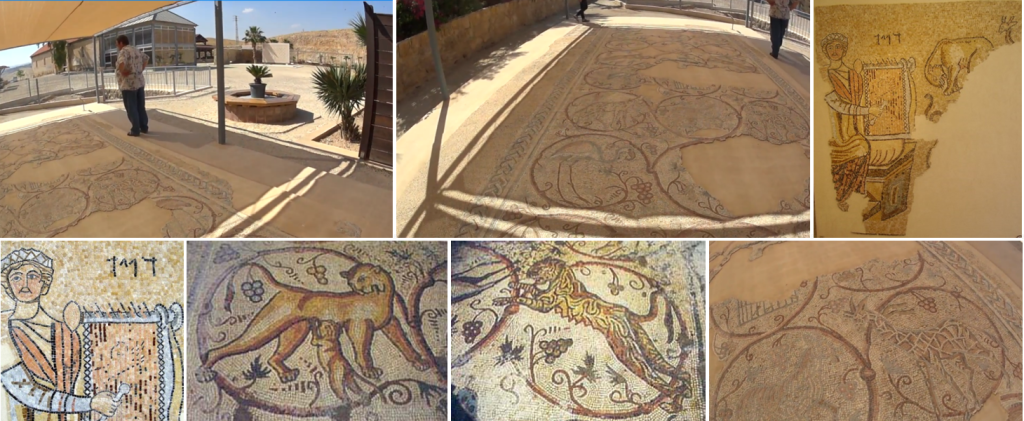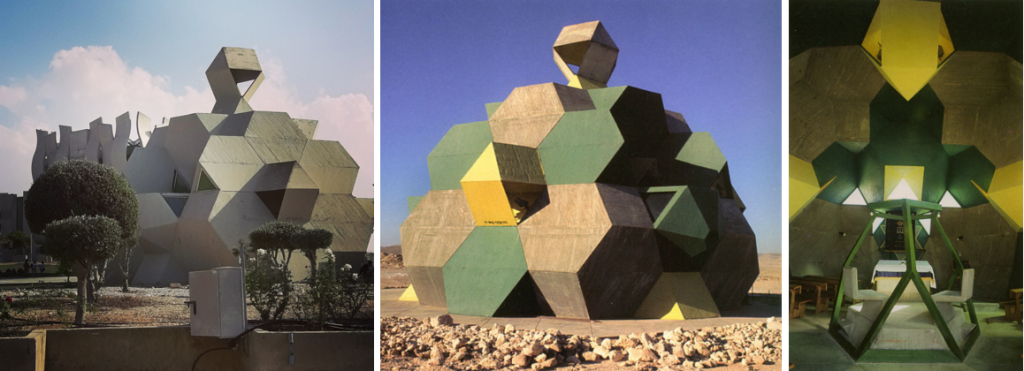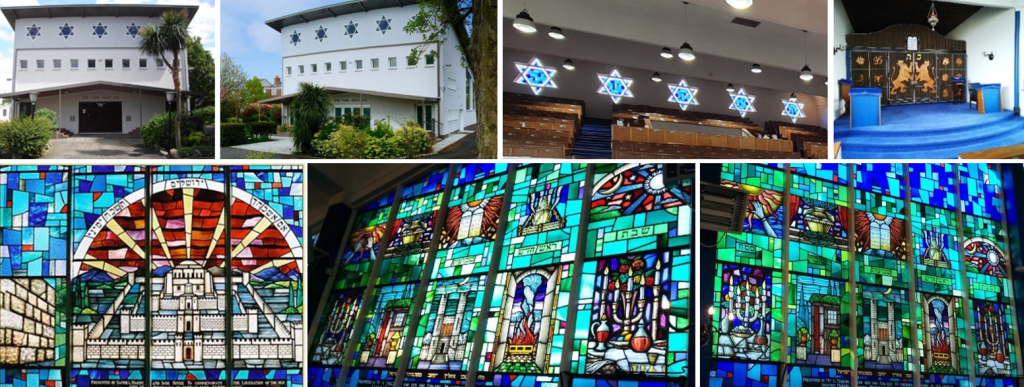
Parsha Nasso ((נשא – raises), Numbers v. 4, 21 to 7, 89) lists the tasks of the Levites, then explains how to purify the camp. The text then speaks of the laws of the sotah and the Nazirite. Finally, he describes the offerings of the princes.
The haftarah tells the story of the birth of Samson (Judges 13, 2 to 25). Nazir and judge of Israel, of great physical strength, Samson frees Israel from the Philistines with strength and determination. He removes the gates of the city of Gaza and brings them on his shoulders to Hebron1.

The synagogue in Gaza was arguably one of the most important in the region during the early Byzantine period, before being destroyed during the Muslim invasions of the 7th century. Unfortunately, few traces of this building remain, but the mosaics2 found (in 1965) bear witness to the richness and quality of Jewish art of the time. The motif of David playing the harp and soothing the animals is particularly noteworthy.
2 The mosaics have been moved to the Good Samaritan Mosaic Museum near Ma’ale Adumim.


